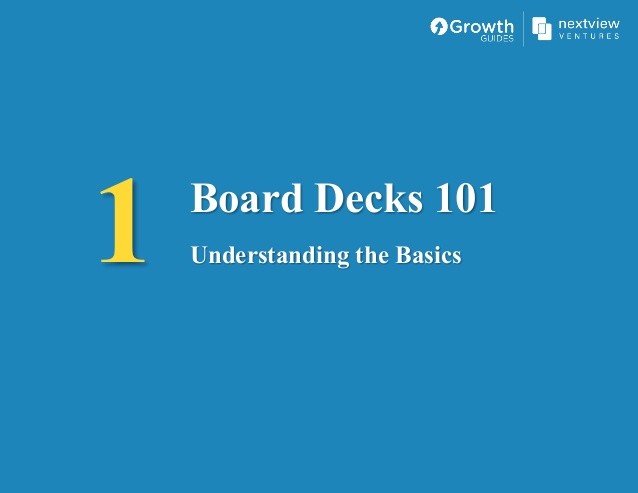Stock Market 101 Understanding the Basics
Post on: 10 Август, 2015 No Comment

Stock Market 101: Understanding the Basics
The stock market is a complicated entity to understand. Seriously. We’re bombarded with information about stocks and the ebbs and flows of the trading day, but some people have a hard time understanding the basics.
By a show of hands – how many people read about Facebook opening up an IPO ?
OK, now how many of you know what an IPO is, and why they are important?
My point exactly.
You are not alone, people. Most people only check to see if there is a green arrow pointing up or a red arrow pointing down at the end of the trading day.
My goal here is to break down the basics of the stock market – the stuff you need to know if you want to impress your friends at dinner one night.
“Hey, Dale, did you see how high the dividend yield increased for Hershey’s this year?” Can you imagine the look on Dale’s face if you dropped a question like that on him?
Get ready for Stock Market 101, folks, and buckle in.
Disclaimer: This post will by no means make you a stock market expert. If you’re looking for trading tips and advice, I suggest you consult someone who does that for a living.
Dow Jones Industrial Average, Nasdaq Composite, and the S&P 500
These are the three big wigs that make up the New York Stock Exchange (the place where most of the trading goes down and is constantly depicted in movies). Each of these is called a “stock market index,” which is just a fancy way of saying that they are methods used to measure a section of the stock market.
The Dow Jones Industrial Average is an index that measures the stock trading of 30 different blue-collar companies, ranging from American Express to Walt Disney. Implemented in 1896, it is probably the most watched stock index in the United States.
The Nasdaq Composite is also closely watched for other reasons. Its over 3,000 components consist of primarily technology companies and growth companies, but it also holds components of companies that are not in the United States.
The third horse in this race is the S&P 500. The S&P first came on to the scene in 1923, and the 500 stands for the number of companies that have their stock included in this index.
What is a stock, anyways?
Stocks are pretty simple. Investors buy stock for a particular company because they feel that the particular company’s valuation will increase. You invest in the stock, sit on it, and watch it appreciate – or depreciate.
There are two types of stocks: common stocks and preferred stocks. The difference between the two is pretty simple – common stock holders cannot be paid dividends until preferred stock holders get paid, and common stock holders get the right to vote on certain matters, while preferred stock holders do not, which brings me to my next point…
What causes stock market fluctuations?
That’s a great question and thanks for asking it.
The basics of stock prices fall under the principles of supply and demand. If more people want to buy a stock (the demand is high) than how much stock is available to trade (supply is low), the price of that stock moves up. On the other hand, if people don’t want to buy a stock (low demand), and there is a surplus of said stock (high supply), the price of that stock will be low.
After that, it gets a little more complicated.
See, let’s say an investor has a really good feeling about a particular stock, say for a hypothetical company Vandelay Industries. That investor might convince a bunch of his investing buddies to take a look at that company and drive up the demand for it, which in turn would drive up the price. Conversely, that investor might convince his pals to back off of that stock, lowering the demand, which would increase the supply, and drop the price.
As a result, you cannot take a company’s worth based off of their stock because of…
Dividends, Dividend Yield, and Market Capitalization
Dividends are the payments made by a corporation to its shareholders based off of their profits. If a company does well, the shareholders’ dividends increase. If a company is doing poorly, the shareholders’ dividends would decrease, and the holder would probably consider selling those bad boys off.
Market capitalization is simply the price of individual stock of a particular company multiplied by the number of shares being traded.
So if a company’s share is worth $100, and there are 50 million shares being traded, the company’s market capitalization would be $5 billion. If a company’s share is worth $50, but there are 150 million shares being traded, that company’s market capitalization would be $7.5 billion.
That’s why you cannot value a company based solely off of the price of their stocks.

Also, from an investing standpoint, you have to be wary of investing in stocks simply because they are trading at a high dollar value. You want to take a look at what is called the “dividend yield,” which is how much a company pays out in dividends each year divided by its share price.
For instance, let’s bring Vandelay Industries back into the discussion and introduce Kramerica Corporation. Let’s say Vandelay Industries is trading for $20 a share, and Kramerica Corporation is trading for $40 a share. If both companies pay out a dividend of $1 per share a year, which company would you invest in based off of the dividend yield?
If you said Vandalay Industries, you’re right. Vandalay Industries would be yielding at 5%, while Kramerica Corporation would be yielding at 2.5%.
Bonds and Treasury Bills
Bonds and treasury bills (or T-bills) are similar and different at the same time. Both involve an investment up front with the understanding that a fixed interest rate will give you a solid return on the investment, but how long it takes for you to get that return and how the return is calculated differ between the two.
Bonds offer a fixed rate of interest over a fixed period of time and are not subject to taxes. You don’t get as much of a return on your investment as you would if you were to invest in the stock market, but since it is a fixed rate, volatility is a non-issue.
T-Bills are for a shorter period of a time and are always bought back less than a year later. T-Bills are also only available in denominations of $1,000 and have a maximum purchase of $5 million. They are purchased from an auction setting, and your return value is calculated by the difference between the discounted value you paid for the T-bill and the amount you receive back.
Hypothetically, if you invested $9,800 in a 13-week T-bill, you would be getting a letter from the U.S. Government saying “Hey, pal. Thanks for purchasing this T-bill. In 13 weeks, with our 2.04% interest rate, we’re going to cut you a check for $10,000 for your trouble.” As a result, you just made $200 bucks on your investment for letting the government borrow $9,800 for 13 weeks.
Initial Public Offering (IPO)
Facebook is a perfect example to explain what an initial public offering is, simply because they just issued their IPO recently, and it dominated headlines because it was the largest IPO issued for a company looking to get traded.
An IPO is the first sale of stock from a private company looking to be publicly traded. They are usually used to raise capital to expand in some way, shape or form, by getting investors to invest cash into their business for a hopeful large return later on.
So Facebook decided that they wanted to go public. Why? Who knows? They were already rolling in the dough, but the fact of the matter is they opened up an IPO that many predict will return $5 billion. As a result, Facebook can take that brand new $5 billion and invest it into other parts of its brand for expansion purposes.
Furthermore, majority stock holder and CEO Mark Zuckerberg just got a piece of that $5 billion pie with a side of a hefty tax bill by opening up an IPO .
Overwhelmed yet? I’m exhausted from typing all of that out – I can’t imagine what it would have been like to read it all! Stay tuned for Stock Market 201.














